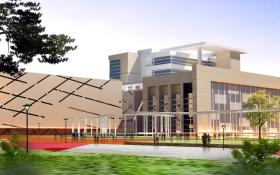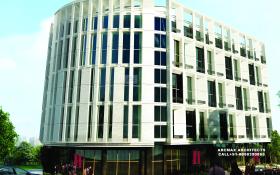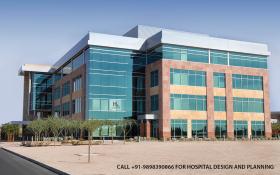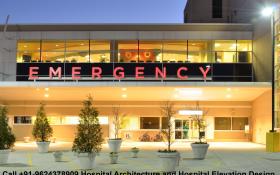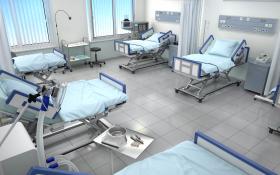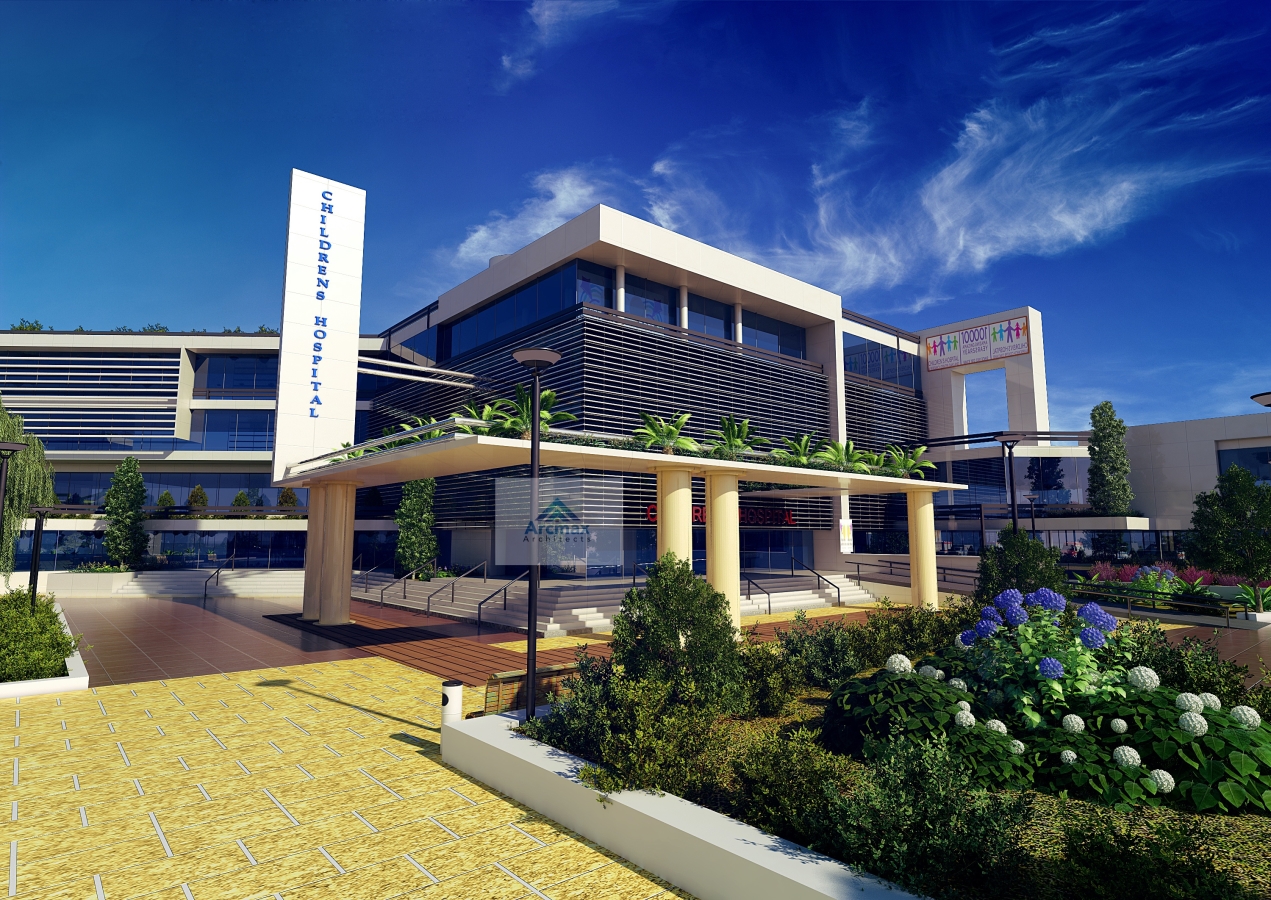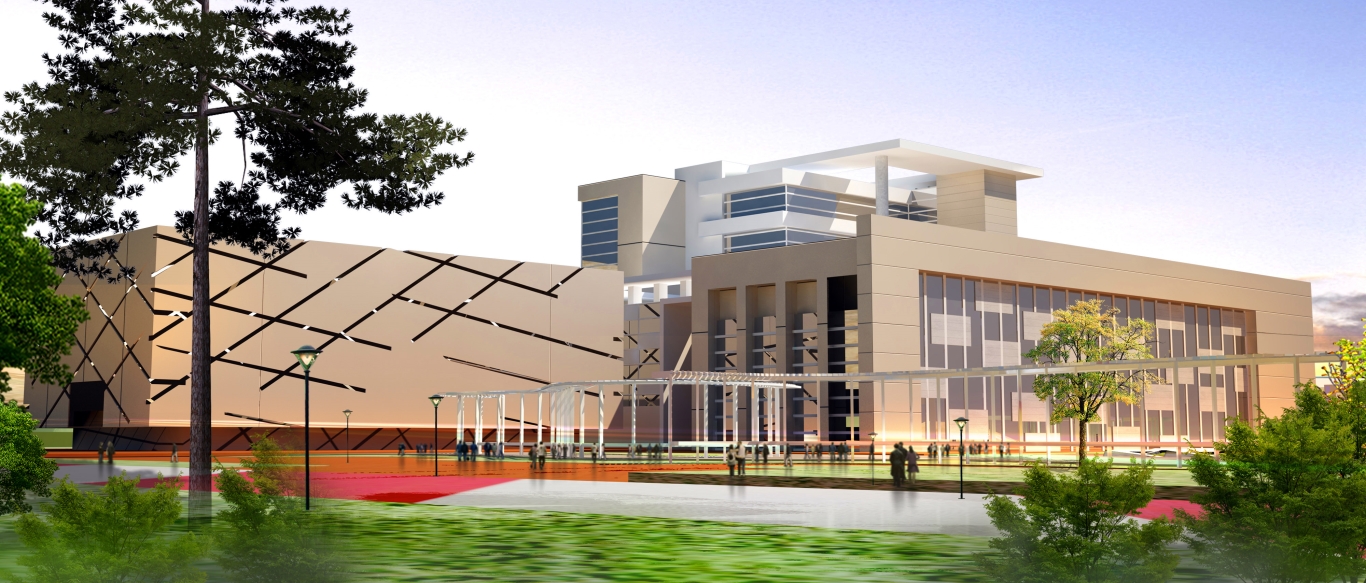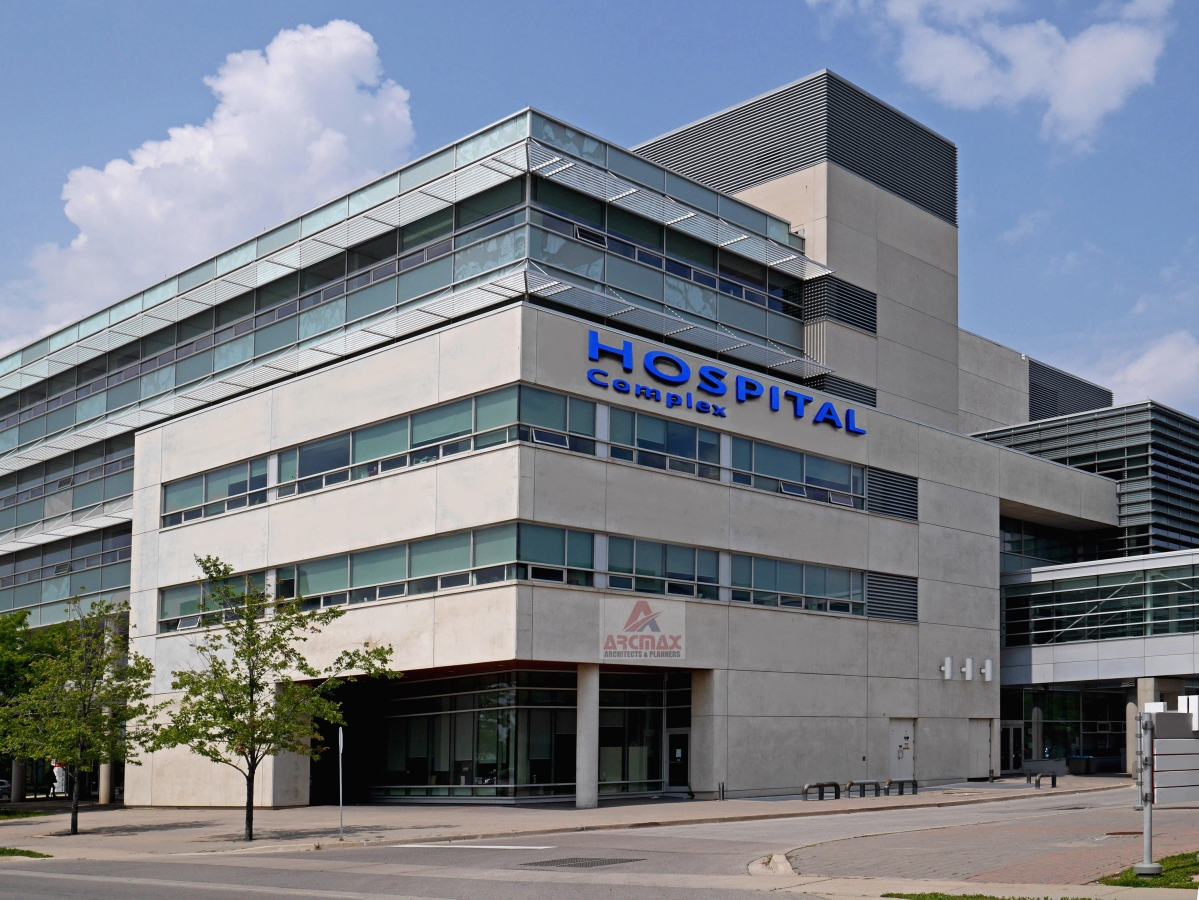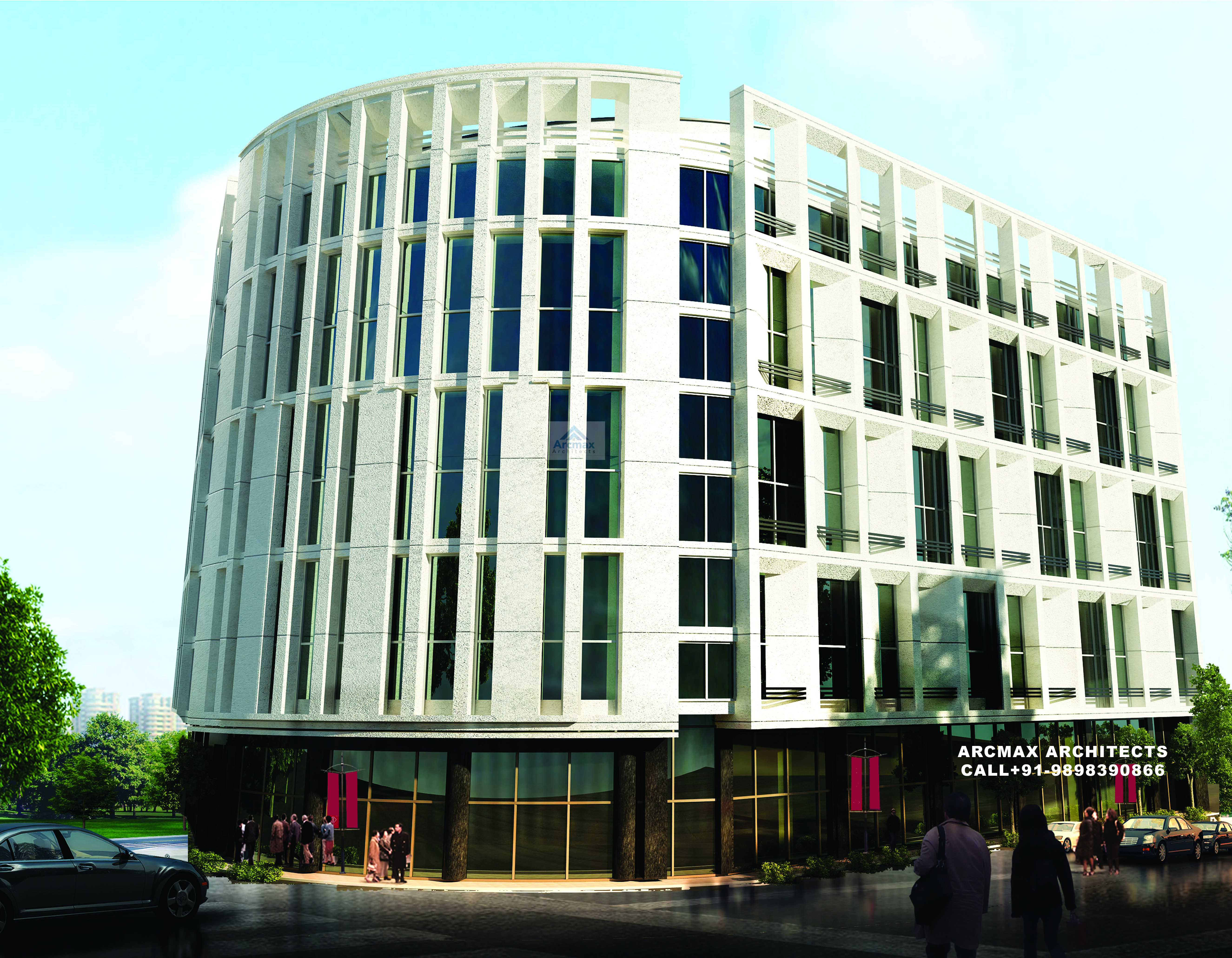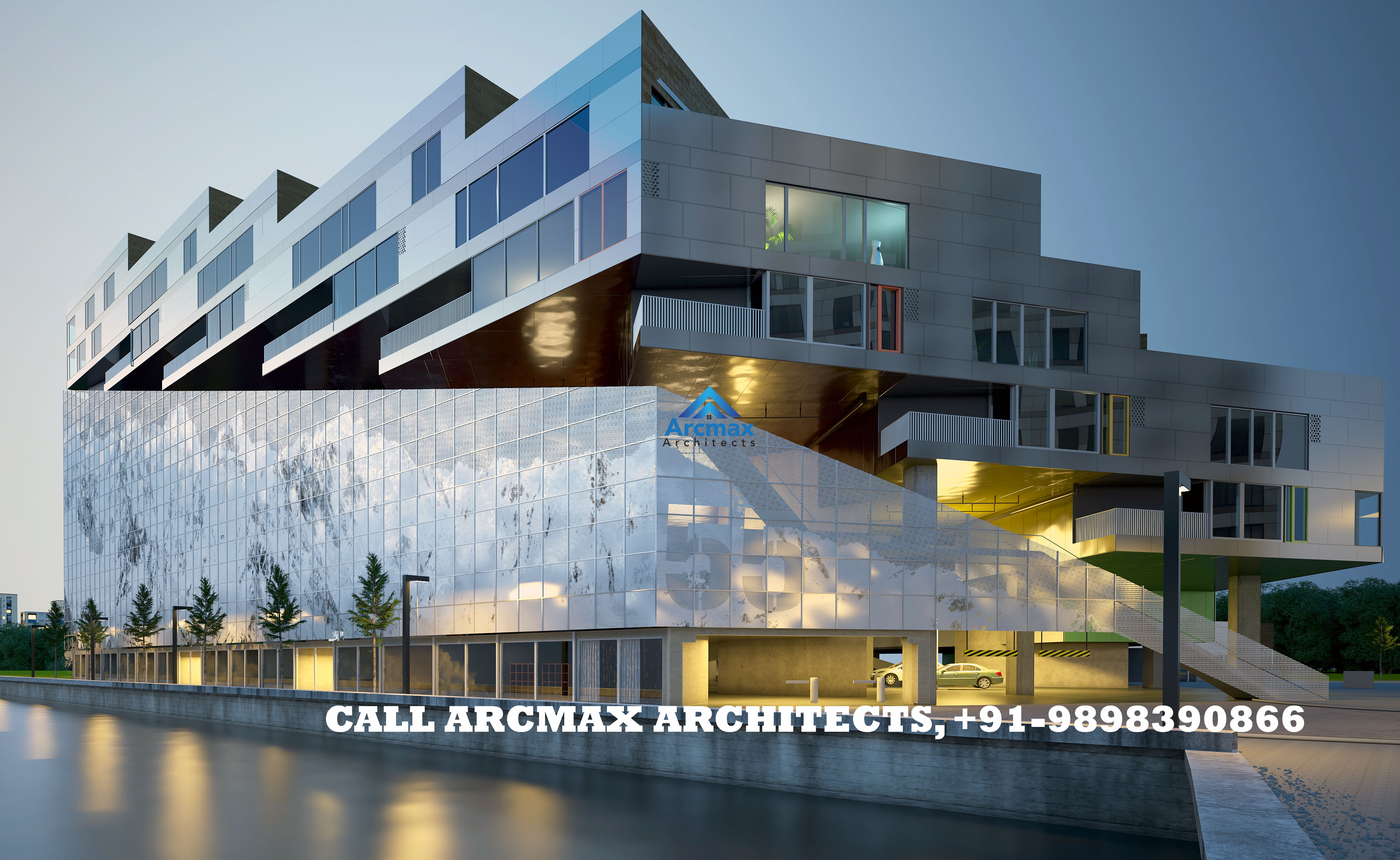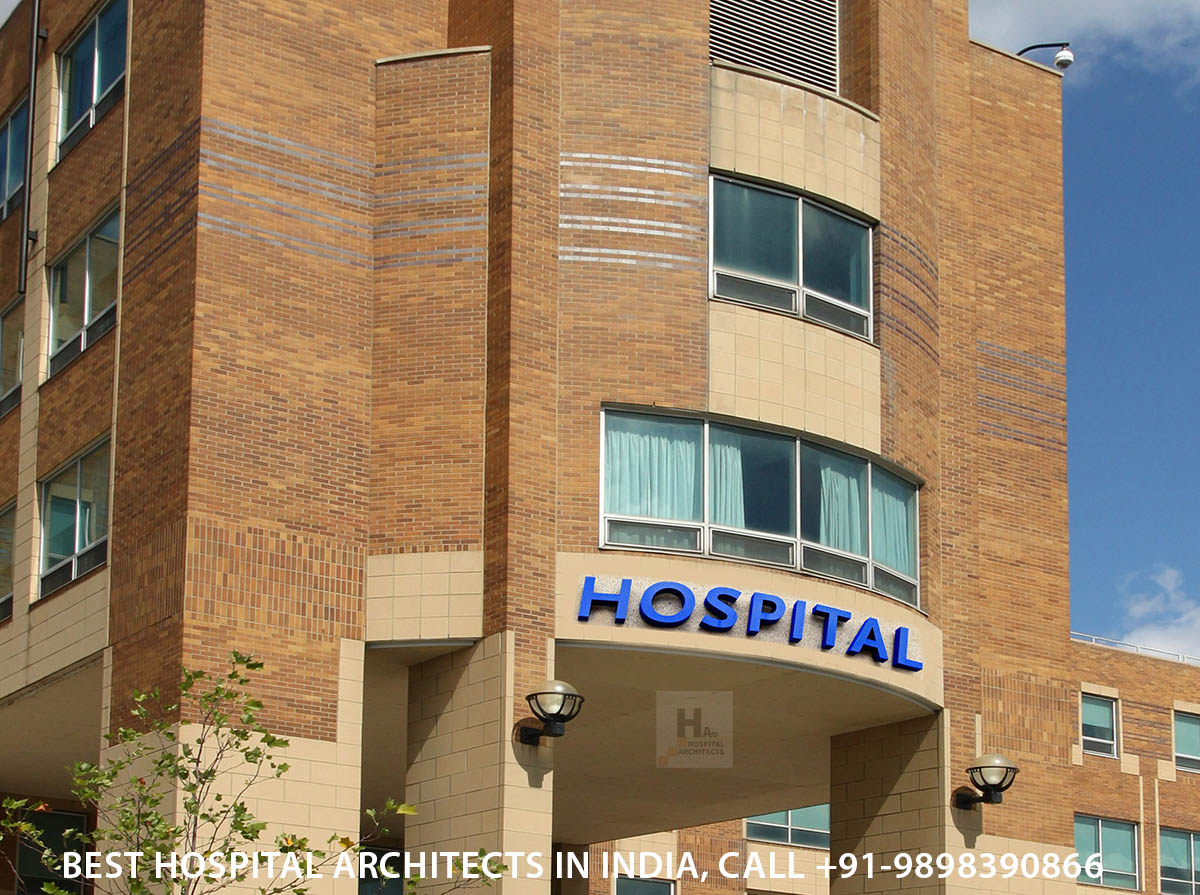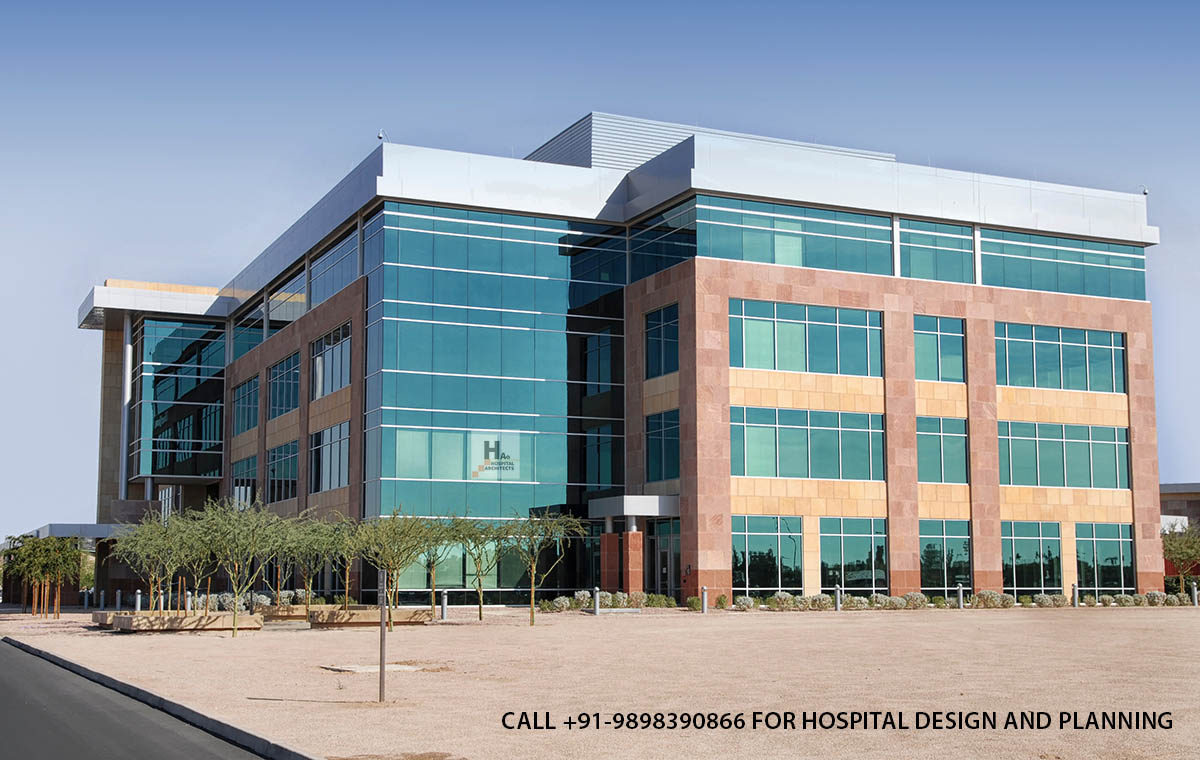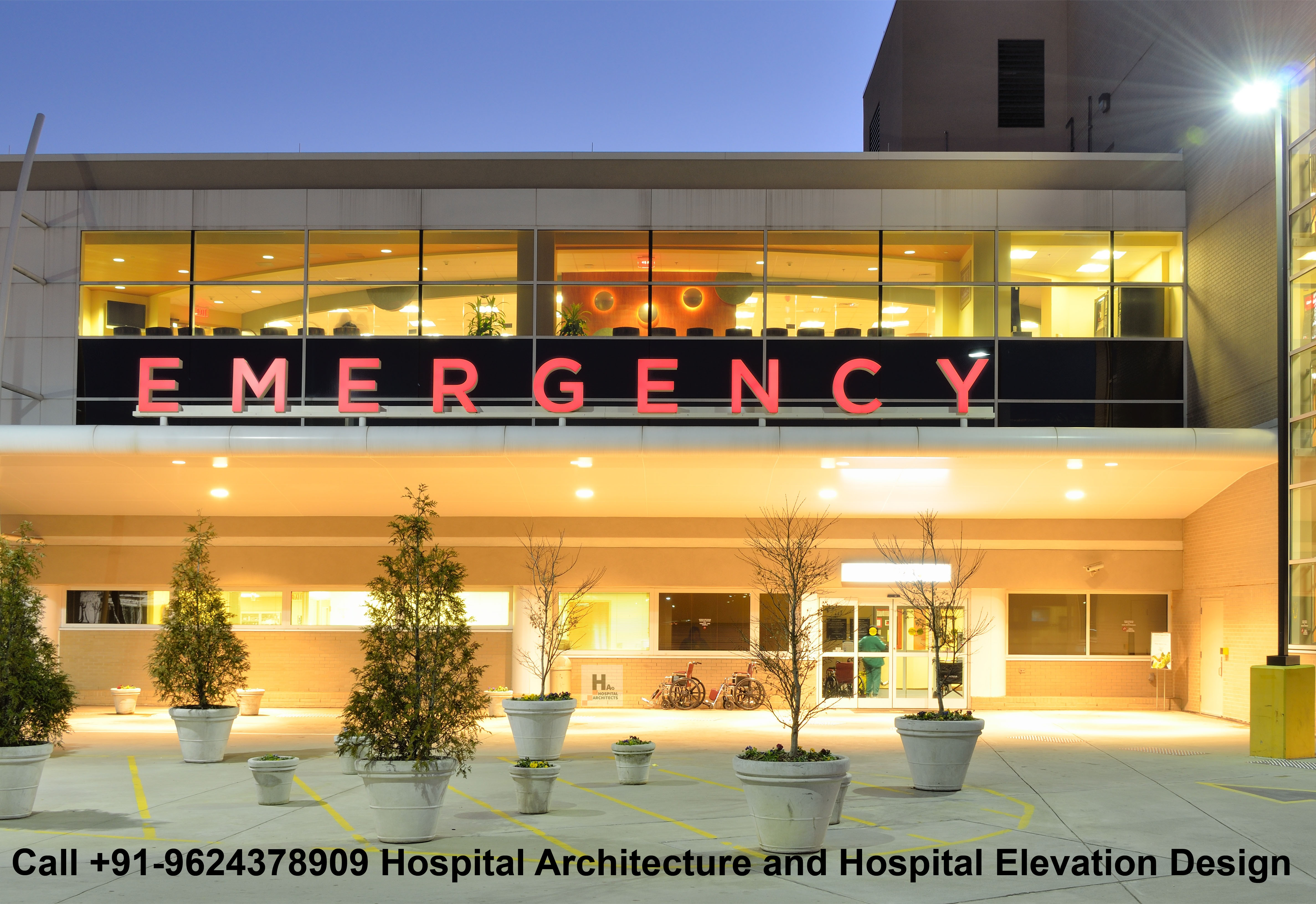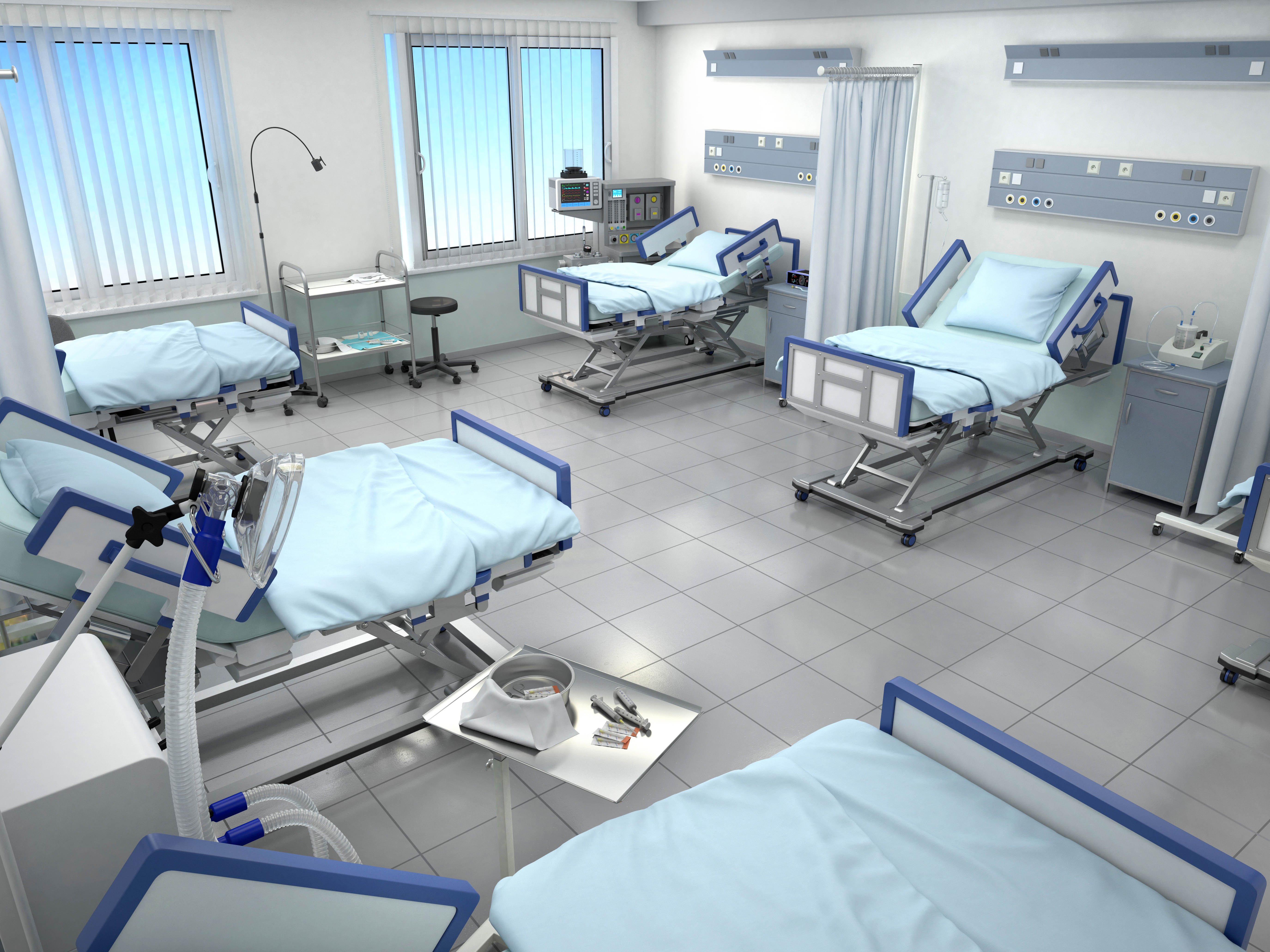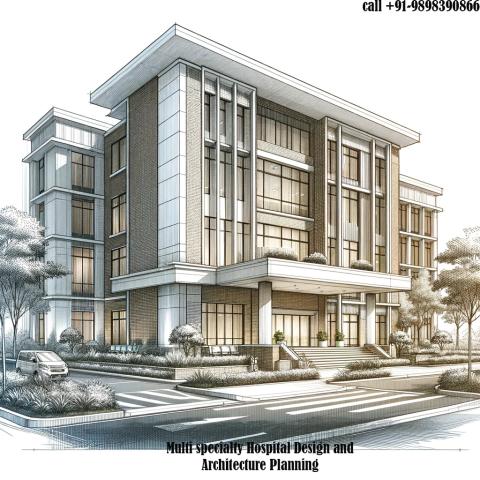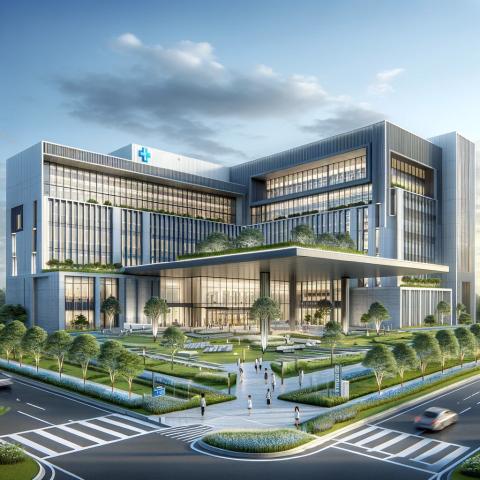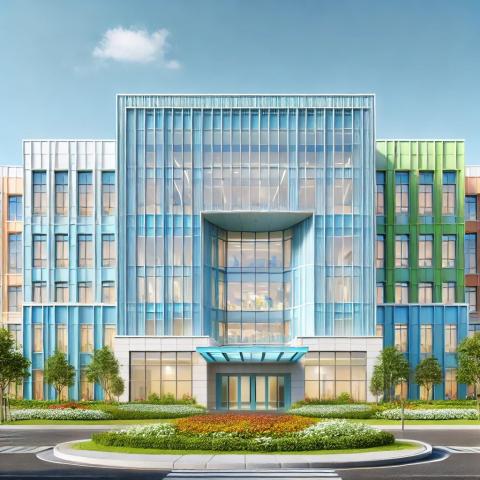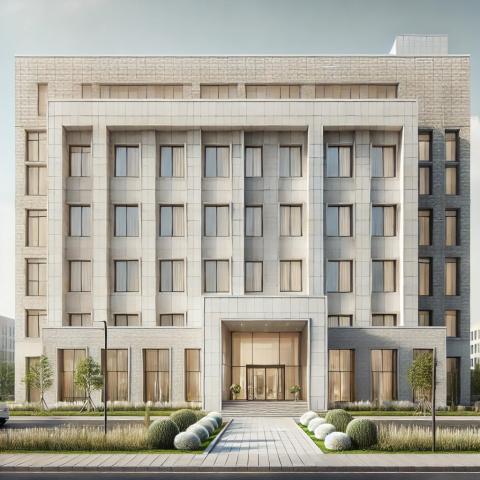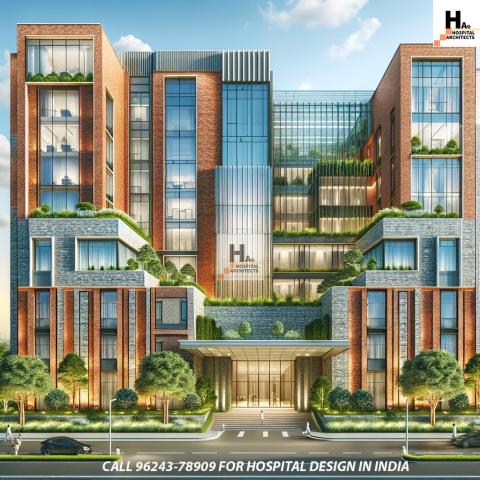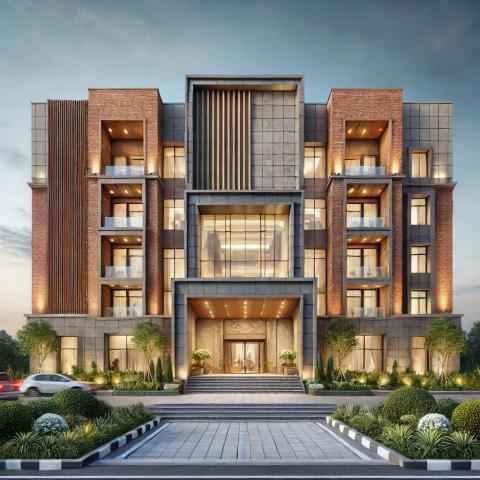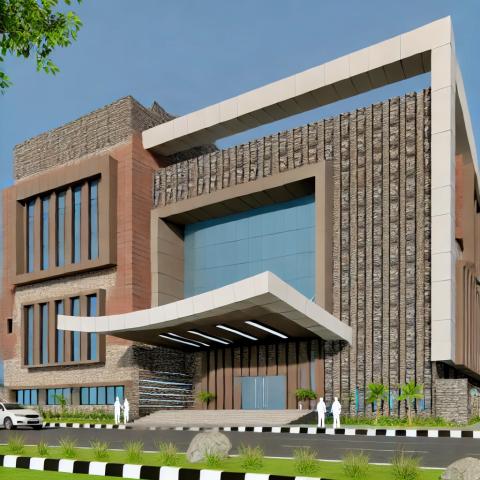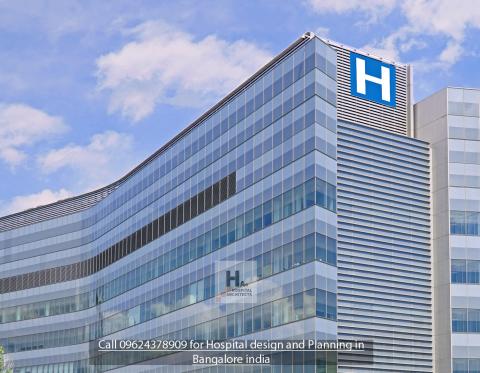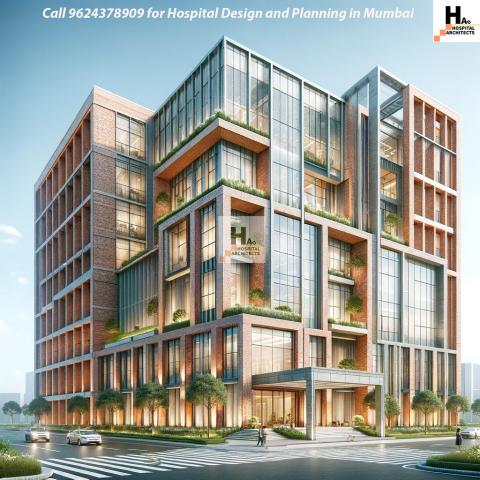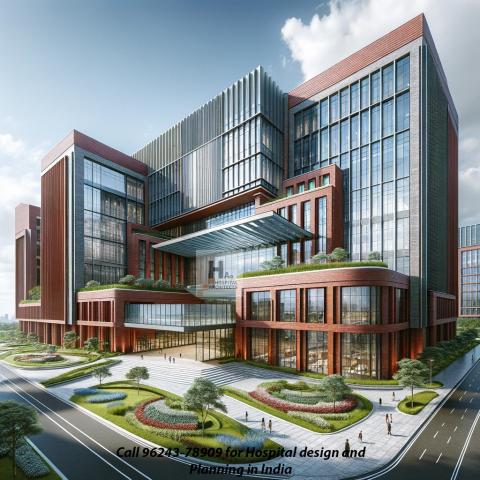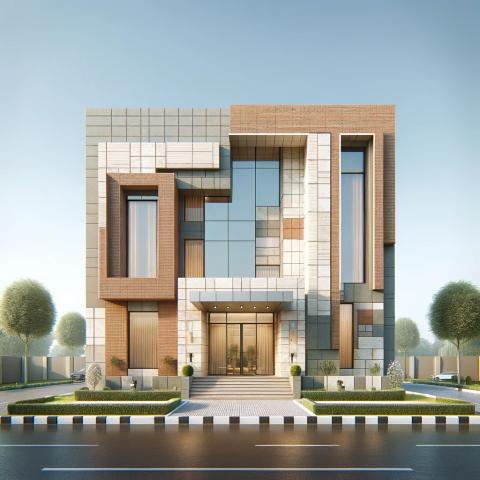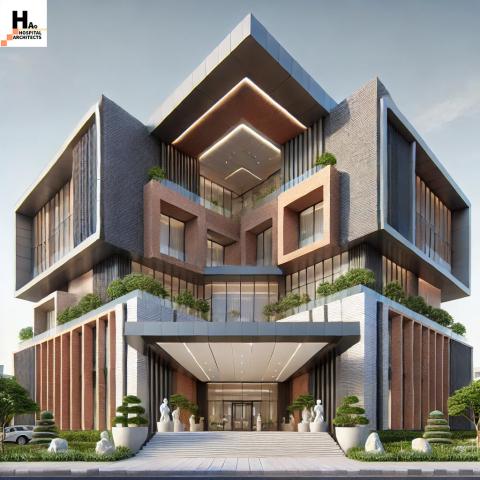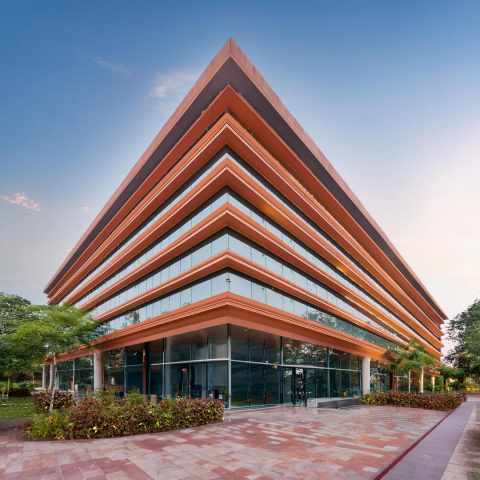Looking for The Hospital Architect's Top 10 Tips for Building Your Hospital ? Call +91-9624378909 for Hospital design and Planning in Ahmedabad, delhi, Mumbai, chennai, hyderabad, bangalore, Indore and Bhopal.
Here is Top 10 Tips for Building Your Hospital in India:
1. Plan your hospital layout carefully. Think about how you will organize the space to best accommodate the needs of your patients and staff. Designing a hospital layout is a Highly Technicle and Complex Planning task. It is important to plan your layout carefully to ensure that your hospital functions as efficiently as possible. There are many factors to consider when designing a hospital layout, including the size of the hospital, the number of patients it will accommodate, and the type of care it will provide.
One of the most important aspects of hospital layout is the arrangement of the patient rooms. It is important to ensure that patients have plenty of space to rest and that there is easy access to medical equipment and staff. Some hospitals opt for a radial layout, in which the patient rooms are arranged around a central nurses' station. This layout allows for efficient communication between nurses and patients. Other hospitals opt for a linear layout, in which the patient rooms are arranged in a straight line. This layout is often used in hospitals that provide long-term care.
Another important consideration when designing a hospital layout is the location of the administrative offices. It is important to ensure that these offices are located close to the patient rooms so that hospital staff can easily access them. The lab and pharmacy should also be located close to the patient rooms to ensure that patients have easy access to these services.
The layout of a hospital is a critical factor in its ability to provide quality care to patients. It is important to take the time to plan your layout carefully to ensure that your hospital functions as efficiently as possible.
2. Choose a site that is accessible and has room to grow.
3. Work with a qualified hospital architect to design a facility that meets your specific needs.
4. Consider the latest trends in hospital design when planning your project. Making sure your hospital is accessible is critical to your patients and your staff. You need to ensure that all of your entrances and exits are easily accessible, as well as all of your patient rooms and common areas. If your hospital is not accessible, you could face lawsuits from your patients or staff. You may also find it difficult to attract new patients and staff if your hospital is not accessible.
5. Make sure the hospital is properly equipped to handle the latest medical technologies. As the company continues to grow, it is important to plan for future expansion of Hospital Building Campus. This may include adding new employees, expanding the office space, or purchasing new equipment. It is important to have a Hospital plan in place and to budget for these expenses. By planning for the future, the company can ensure that it is able to continue to grow and thrive.
6. Ensure that your hospital is safe and secure for both patients and staff. Creating a positive hospital culture is essential for providing a positive experience for both patients and staff. A positive culture can help to improve morale, communication, and teamwork. There are many ways to create a positive hospital culture, such as:
Creating a positive environment: Make sure the hospital is clean and well-maintained, and that the staff is friendly and helpful.
Encouraging communication: Encourage staff to communicate with each other and with patients.
Providing support: Encourage staff to seek help from their coworkers if they are feeling overwhelmed or stressed.
Creating a team environment: Encourage staff to work together as a team to provide the best possible care for patients.
Celebrating success: Celebrate successes, both small and large, and reward staff for their hard work.
Creating a positive hospital culture can be challenging, but it is worth the effort. A positive culture can help to improve the quality of care that patients receive and make the hospital a more pleasant place to work.
7. Create a comfortable and inviting environment for patients and families. There are many aspects of hospital design that can impact patient comfort. Temperature, noise, and lighting can all be adjusted to make patients more comfortable. Spaces should be designed to be calming, and patients should have easy access to supplies and comfort items
8. Choose finishes and materials that are durable and easy to clean.
9. Install state-of-the-art medical equipment and technology.
10. Make sure the hospital is properly staffed and equipped to meet the needs of your community.
.


